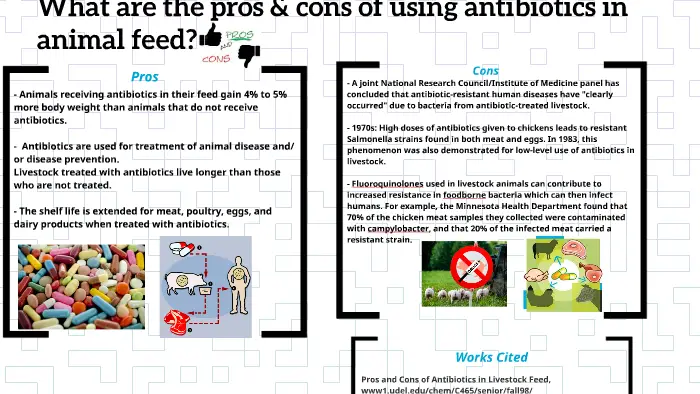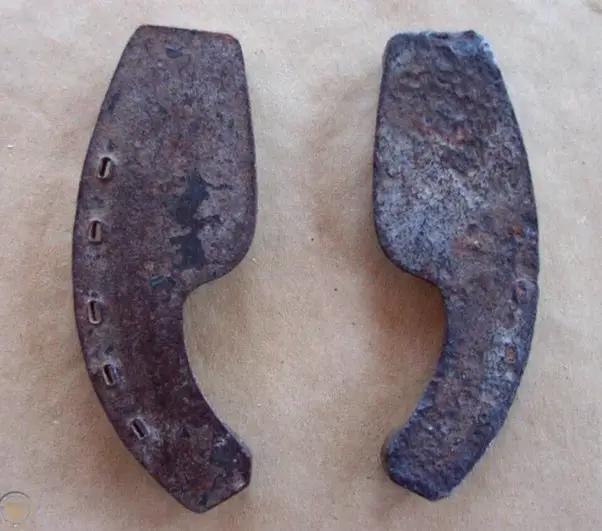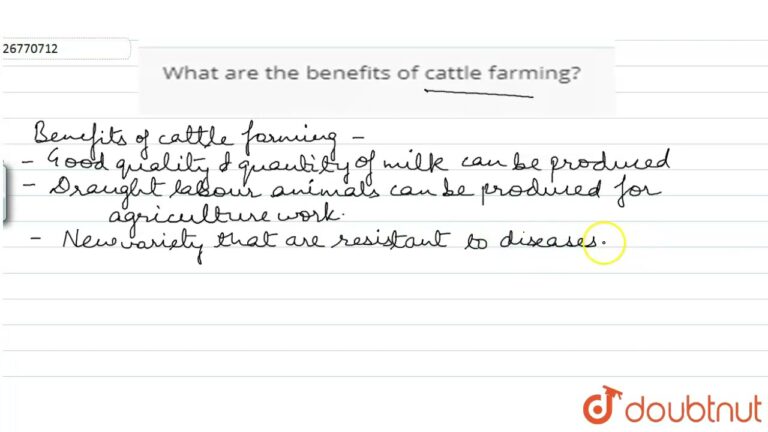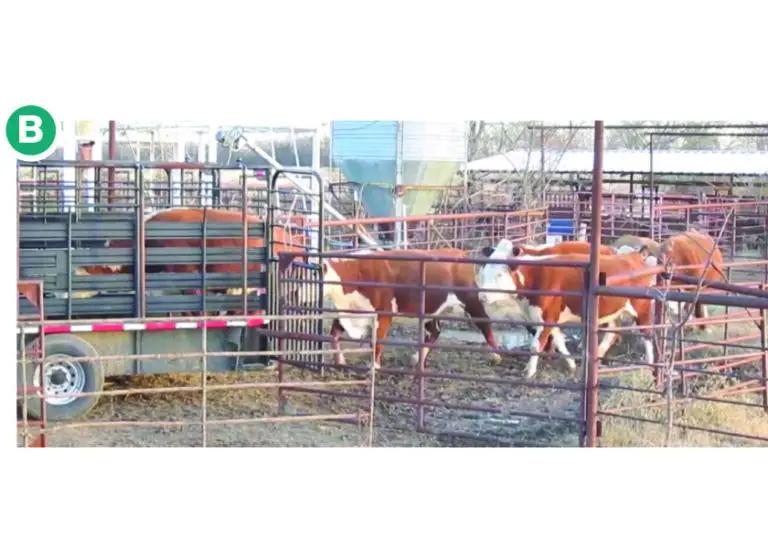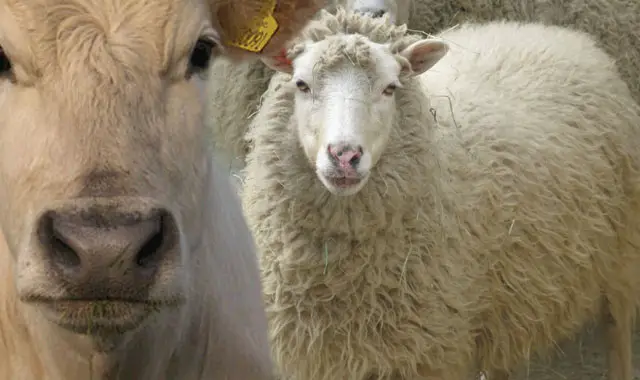How Do You Connect Cattle Panels Together: Expert Tips
To connect cattle panels together, use hog rings or wire to secure the panels tightly. This method ensures a strong and durable connection for your livestock fencing needs.
Connecting cattle panels can be done easily and effectively with the right tools and techniques, providing a secure enclosure for your animals. By following these simple steps, you can create a reliable and long-lasting fence structure for your cattle or other livestock.
Properly connecting cattle panels together is essential for the safety and security of your animals, so it’s important to use the appropriate methods for a sturdy and reliable fence system.
Methods Of Connecting Cattle Panels
When connecting cattle panels, there are several methods to consider. Attaching panels to T-posts can be done using T-post clips, a Fence Fork Tool, or hog rings and shoot rings for securing the panels. Each method offers its own advantages and may be suitable for different situations. It’s important to carefully evaluate the options and choose the most appropriate method for your specific needs. By exploring these different techniques, you can ensure a secure and reliable connection for your cattle panels.
Alternative Fastening Options
Zip Ties and Wire for Tightening: When connecting cattle panels together, zip ties and baling wire are great options for tightening the panels securely. You can use zip ties for quick and easy fastening, while baling wire provides a sturdy and reliable connection.
Hog Rings vs. Fence Staples: When considering alternative fastening options, hog rings and fence staples are commonly used. Hog rings are effective for joining panels, while fence staples are suitable for attaching panels to wooden structures.
Baling Wire for Connection: Another alternative for connecting cattle panels is baling wire, which can be easily twisted and secured with fence pliers. This method provides a strong and durable connection for various applications.
Special Tools And Connectors
When connecting cattle panels together, it is important to use the right tools and connectors. Livestock panel connectors are essential for securely joining panels to create a sturdy and reliable enclosure. Additionally, tools such as Cat’s Claw fasteners are ideal for connecting panels to wood posts. These tools provide a secure and long-lasting connection, ensuring the panels remain in place even under pressure. Using the appropriate tools and connectors is crucial for creating a durable and effective cattle panel structure that meets the needs of livestock management and fencing projects.

Credit: schule-im-aufbruch.at
Tips For Effective Panel Connection
When connecting cattle panels together, it’s crucial to ensure that the panels are at the proper height to effectively contain livestock and prevent escape. Additionally, considering planting and maintenance is important, as it can impact the overall functionality and durability of the panels. Properly connecting the panels can also contribute to the longevity of the fence and the safety of the animals. Adequate attention to these factors will result in a secure and reliable cattle panel connection.
Common Challenges And Solutions
To connect cattle panels together, use hog rings or wire to secure the joints between the panels. The fence fork tool can also help in attaching the panels to T-posts, ensuring a secure connection for your livestock enclosures or garden trellises.
Additionally, consider using T-post clips for a sturdy and reliable setup.
| Common Challenges and Solutions |
| Connecting cattle panels can be tricky, especially for dealing with escapees. One solution is to use Hog rings or shoot rings to secure the panels together. Ensuring secure gates is essential to prevent any livestock from getting out. Another option is to use wire ties or zip ties for added stability. |
Credit: wholeviewfarm.blogspot.com
Innovative Uses Of Cattle Panels
| Connecting cattle panels together involves various methods: |
| 1. Use T-post clips to attach panels to posts. |
| 2. Secure panels with hog rings or shoot rings. |
| 3. Fasten panels to T-posts using wire or zip ties. |
| 4. Create trellises by connecting panels with livestock panel connectors. |
These techniques ensure sturdy connections for cattle panel fence ideas and garden trellises.

Credit: wholemadehomestead.com
Frequently Asked Questions
How To Connect Cattle Panels To Each Other?
To connect cattle panels to each other, you can use T-post clips, Fence Fork Tool, hog rings, or shoot rings. You can also wire them together or use Livestock Panel Connectors. Make sure to attach them tightly and securely. For a more permanent option, use wood posts.
How To Connect Fence Panels?
To connect fence panels, attach them together using hog rings or wire ties for a secure connection. Use pliers for bending edges to prevent sharpness.
How To Fasten Cattle Panels?
To fasten cattle panels, use T-post clips or hog rings to connect them securely. Avoid sharp edges by bending the wire ends. For additional support, consider using zip ties or wire to tighten the connection. For a more permanent solution, consider livestock panel connectors or bailing wire with fence pliers.
How To Secure Cattle Panels To T-posts?
To secure cattle panels to t-posts, you can use T-post clips, Fence Fork Tool, Hog rings, or Shoot Rings. You can also wire the panels to the posts using pliers or side cutters. Attach a hook at the end to avoid sharp edges.
Lift the cattle panel about two inches off the ground. Hay bale ties also work as a temporary solution.
Conclusion
Connecting cattle panels together may seem daunting at first, but with the right tools and techniques, it can be a simple and straightforward process. Whether you choose to use T-posts and clips, hog rings, or Livestock Panel Connectors, always make sure to secure the panels tightly to prevent any gaps or sagging.
Additionally, creating a smooth and safe finish by using pliers or side cutters to remove any sharp edges is essential. With these tips in mind, you can confidently create a sturdy and long-lasting cattle panel fence.
Also Worth Reading:
- Best Way to Load Cattle in a Stock Trailer: Expert Tips
- How Often Do Cattle Need to Be Vaccinated? Veterinary Experts Answer.
- How Soon Can Cattle Graze After Fertilizing: Best Practices
- When is the Best Time to Worm Cattle : Expert Tips
- Best Cattle Feed : Top Picks for Healthy Cows
- Cattle Problem in Australia: Urgent Solutions
- Discover the Ultimate Best Cattle Feed Formula
- How are Farm Cows Killed : Unveiling the Slaughter Process
- How Do Cows Know Not to Cross Cattle Guards : The Surprising Science
- How Do You Know If Baby Has Cows Milk Intolerance: Symptoms and Diagnosis.
